Our gut – the stomach, small and large intestine, the entire digestive tract – is really the most direct interface that our bodies have with our environment. The nutrients we ingest as food are the building blocks for our bones, our organs, our tissues, and every strand of hair on our heads.
So obviously, it's important to prioritize eating well. To achieve optimal health, you want to eat food of the highest quality you possibly can, and to get all the micro and macro-nutrients your body needs in the correct proportions and amounts.
But what if your gut isn't working? What if that food passes through you without being properly digested and absorbed? In that case, you may as well have not eaten at all because either way, your body isn't getting the nutrients it needs.
Digestive disorders are increasingly common
Unfortunately, digestive disorders are fairly common. In the United States, at least 11% of the population suffers from a chronic digestive disorder.[1] This number could be a lot higher, too, because researchers have found that inflammatory bowel syndrome (IBS), the most common digestive disorder in the US,[2] goes undiagnosed in over 75% of those afflicted with it.[3]
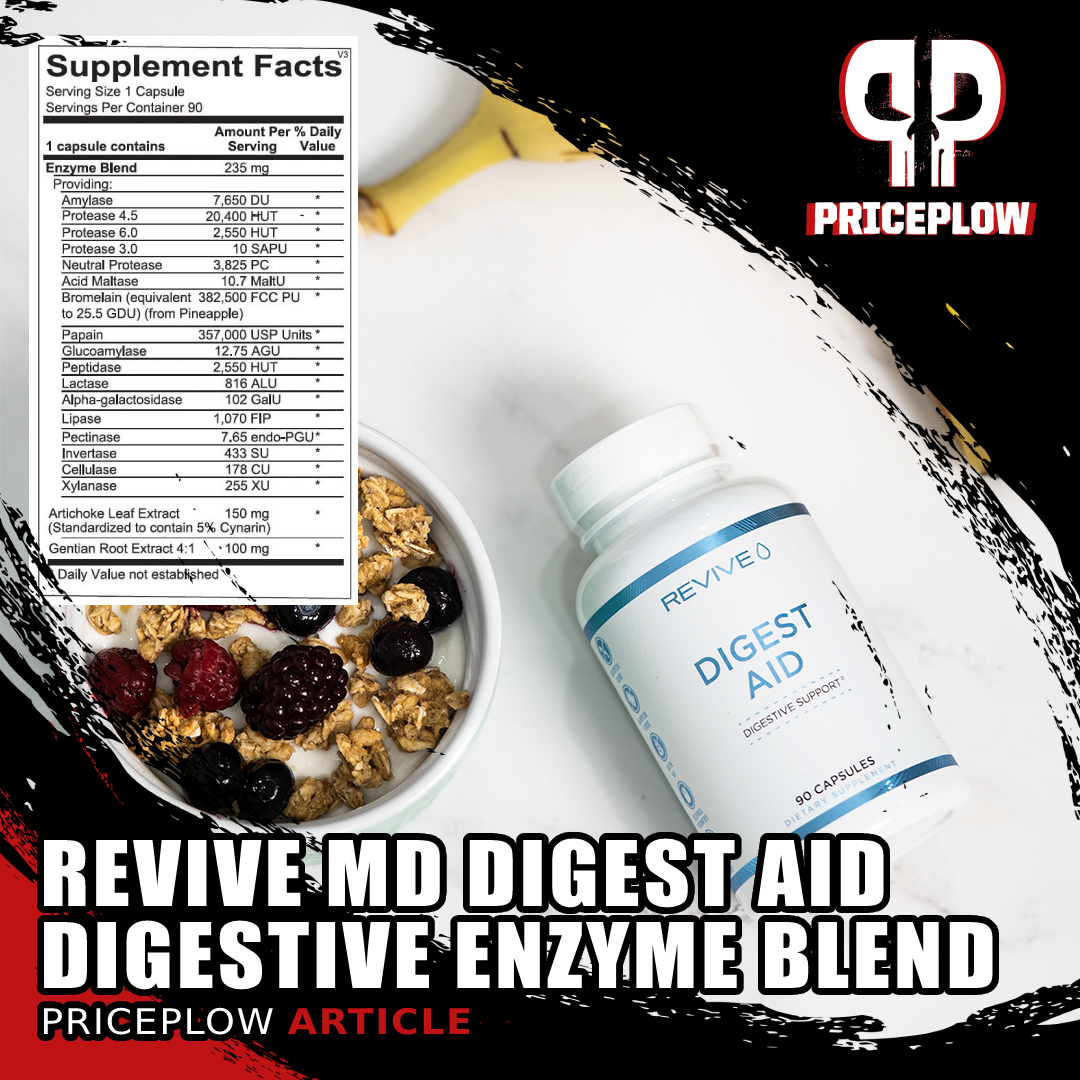
Revive MD Digest Aid is an incredibly well-curated digestive enzyme blend to help you get the most out of your food.
Revive MD Digest Aid may help bring relief
So today, we're going to highlight Revive MD Digest Aid, which is an incredible broad spectrum digestive enzyme supplement made by the brand run by Dr. Domenic Iacovone and Matt Jansen.
We've covered Revive MD's GI+ gut health supplement, which can be further bolstered by Revive MD Glutamine, but Digest Aid brings a different type of gut support - to help better digest food and get more out of your diet while reducing downstream issues.
While supplements aren't meant to cure or treat any diseases like the ones mentioned above, and you should see your own doctor, digestive enzymes are a no-brainer way to improve your digestion capabilities. This article will cover the ingredients inside, as well as some background on what digestive enzymes are:
Revive MD Digest Aid – Deals and Price Drop Alerts
Get Price Alerts
No spam, no scams.
Disclosure: PricePlow relies on pricing from stores with which we have a business relationship. We work hard to keep pricing current, but you may find a better offer.
Posts are sponsored in part by the retailers and/or brands listed on this page.
First, let's get into some background:
The role of enzymes in the digestive process
Human beings produce a ton of different enzymes but among the most important are the digestive enzymes.

Example: There's lactose in milk. The body uses the lactase enzyme (alongside water) to break lactose down into galactose and glucose. Image courtesy Wikimedia
A digestive enzyme breaks down large molecules of food into their smaller constituent parts so that they can be absorbed into the bloodstream through the intestinal wall, and used by the body for energy, growth, and repair.[4]
In the words of one researcher, UmaMaheswari (2016):
"Enzymes control all metabolic processes in [the] human system from simple digestion of food to highly complex immune response. Physiological reactions occuring in healthy individuals are disturbed when enzymes are deficient or absent. Enzymes are administered for normalizing biological function in certain pathologies."[5]
Human digestive enzymes are produced mainly in the gut lining and pancreas,[4] which is why supplemental enzymes are the treatment of choice for patients with certain types of pancreatic dysfunction.[6]
Enzyme supplements can help
In a small study where IBS patients were given pancrelipase (PEZ), a mixture of digestive enzymes that are naturally produced by the human pancreas, it was shown to reduce the severity of symptoms such as cramping, bloating, and diarrhea.[7]
In another study where a different group of IBS patients was given a broad spectrum of digestive enzymes, along with some prebiotic fiber, the enzyme-fiber combination was shown to improve the patients' bloating, flatulence, and abdominal pain.[8]
In patients with functional dyspepsia — a constellation of digestive symptoms, such as gas, bloating, burping, etc., without a clear medical cause — a supplement containing several different types of digestive enzymes was found to significantly improve these symptoms.[9]
In the conclusion to their published paper, the authors of the study note:
"Overall, our results are in agreement with findings of previous studies... wherein significant efficacy was demonstrated by multienzyme preparations in alleviating frequency and severity of dyspepsia symptoms and patients had shown better tolerability."[9]
Enzyme deficiency is not good
This research is still in its infancy, but considering that supplemental enzymes are routinely given for other digestive disorders,[6] it helps illustrate a point: proper enzymatic function is crucial for good digestion.
In fact, the connection between enzyme function and digestive health is close enough that several diseases of the pancreas are considered by some medical experts to be "extra-intestinal" manifestations of IBS.[10]
When the pancreas stops working properly, enzyme levels drop, and, as we said in the introduction, digestion basically fails. As a result, patients with pancreatic/enzymatic insufficiency are at risk for serious deficiencies in virtually every type of nutrient[11]-- from antioxidants to fat-soluble vitamins — and have a significantly elevated risk for many serious diseases, including sarcopenia (muscle wasting) cardiovascular events.[11]
For these patients, pancreatic enzyme replacement therapy (PERT) has been known to improve digestion enough to correct these nutritional deficiencies.[11]
Digest Aid from Revive MD
Digest Aid from Revive MD has perhaps the broadest range of digestive enzymes we've ever seen in an enzyme supplement. Let's take a look at how it might improve your digestive health.
Revive MD Digest Aid Ingredients
Digest Aid contains a huge variety of digestive enzymes. The naming convention for major enzyme categories is simple: the name is given by the substrate of the enzyme (i.e. the type of molecule) that enzyme breaks down, followed by -ase, which is just a suffix that denotes an enzyme.
For example, if a patient is lactose intolerant, it's sometimes treated by giving the patient lactase, the enzyme that breaks down lactose. Protease breaks down protein, and lipase (think liposuction or lipid) breaks down fat.
In a single one-capsule serving of Digest Aid from ReviveMD, you get a 235 milligram Enzyme Blend. The enzymes are as follows:
-
Amylase - 7,650 DU
The amylase enzyme helps break down starch into simple sugars. Amylase occurs naturally in saliva,[12] and one of the reasons we are advised to chew food thoroughly before swallowing is because extensive chewing gives amylase a chance to break food down as much as possible before it is ingested, which leads to more efficient digestion. The ripening of fruit is driven largely by amylase, and the accumulation of simple sugars is why ripe fruit tastes sweeter than unripe fruit.[12,13]
-
Glucoamylase - 12.75 AGU
Glucoamylase works synergistically with amylase to break down starch into simple sugars.[14]
-
Proteases
As you may have guessed, protease helps improve the digestion of protein by breaking large polypeptide protein molecules into amino acids. Given the central role of protein in exercise recovery, it's probably no surprise that protease can help improve exercise recovery by reducing muscle damage and soreness.[15,16]
A closer look at the label shows the following:
- Protease 4.5 - 20,400 HUT
- Protease 6.0 - 2,550 HUT
- Protease 3.0 - 10 SAPU
- Natural Protease - 3,825 PC
The numbers after the protease (such as 4.5, 6.0, and 3.0) identifies the pH of the acid where the protease is active. This teaches us that Revive MD has multiple proteases that can work in different acidity environments and different stages of digestion, providing more diverse digestive support. HUT is a unit of measurement that stands for Hemoglobin Unit Tyrosine and SAPU stands for Spectrophotometric Acid Protease Units.
-
Peptidase - 2,550 HUT
Whereas a protease hydrolyzes peptide bonds, a peptidase acts on the N or C terminus of a polypeptide.[17] If you don't know what that means, don't worry about it – all you need to understand is that proteases and peptidases both help you digest protein.
-
Maltase - 10.7 MaltU
Maltase helps to break down maltose,[18] a specific type of sugar that occurs when grain is malted. Malting is a crucial step in beer fermentation, and maltose is also part of several additives that are commonly used in the American food supply, such as maltodextrin and corn syrup.[19] This means maltase is potentially helpful for those who eat a standard American diet.
-
Bromelain - 25.5 GDU
Pineapple is rich in Bromelain, a powerful digestive enzyme that also helps reduce swelling and redness.
Bromelain is an enzyme that occurs naturally in pineapple and helps digest protein. This is probably why many traditional recipes from tropical cultures cook meat and pineapple together. In the presence of bromelain, the intestines become more permeable to nutrients and antioxidants.[20,21]
Bonus benefit: bromelain has also been shown to help reduce knee pain[22] and allergy symptoms.[23] This is why you'll often see it paired with quercetin, another allergy-reducing ingredient.
-
Papain - 357,000 USP units
Papain is yet another protease that gets its name from the fact it's found in papaya, which, like pineapple, is traditionally paired with meat in tropical cuisines. Papain has some strange uses – it's known for teeth whitening[24] and used to cheat on drug tests[25] – but we like it because it substantially improves protein digestion, which is why it's also known as papaya proteinase I.[26]
-
Lactase - 816 ALU
People with lactose intolerance have probably heard of lactase because it's the digestive enzyme that breaks down lactose. In some cases, lactose intolerance is caused by a lactase deficiency and can be alleviated by lactase supplementation.[27]
Revive MD, a supplement brand that's no stranger to all-in-one formulas, has put out their comprehensive GI Health supplement, GI+
Nevertheless, people with severe lactose intolerance probably won't see much improvement simply from supplementing with lactase.
-
Alpha-Galactosidase – 102 GalU
The galactosidase enzymes break down glycosides, which are molecules where galactose — a type of sugar — is bound to another function group. Alpha-galactosidase enzymes specifically break down galactose-containing glycosphingolipids and glycoproteins, which are complexes of sugars with fats and proteins, respectively.
Alpha-galactosidase enzymes have a successful history of use in supplements, most notably to reduce flatulence in people that react poorly to soy milk.[28] An alternative idea for such people is to avoid consuming soy in the first place, but that's another article for another day.
-
Lipase - 1,070 FIP
The function of the lipases is very straightforward: they break down fats.[29] Just to give one specific example, human pancreatic lipase (HPL) breaks down a triglyceride into a monoglyceride and two fatty acids.[30]
-
Pectinase – 7.65 endo-GPU
Pectinase helps break down pectin, a viscous polysaccharide that occurs naturally in the cell walls of plants and is often used as a "gelling" agent, like in the production of fruit jams.[31] Pectin is generally recognized as safe (GRAS) for human consumption[32] and is a very common food additive. Humans probably consume a lot more pectin than we did in our evolutionary past, so some extra support for pectin digestion probably doesn't hurt.
-
Invertase – 433 SU
Invertase is an enzyme that breaks down ordinary table sugar (sucrose) into glucose and fructose.[33] Its name is derived from its role in the production of "inverted sugar syrup".
-
Cellulase – 178 CU
Plant foods are full of tough fibers such as cellulose, and cellulase helps break this complex molecule down into a form that's useful to the human body.[34]
-
Xylanase – 255 XU
Much like cellulase, xylanase helps break down a tough-to-digest component of plant cell walls — namely xylan.[35]
-
Artichoke Leaf Extract – 150 mg
This powerful little ingredient doesn't get much attention. In some studies, it's been demonstrated that artichoke leaf extract will increase HDL (good) cholesterol, and has benefits for the digestive system.[36]
-
Gentian Root Extract 4:1 – 100 mg
Derived from the Gentiana lutea plant, gentian root extract has long been used in traditional medicine for digestive problems and antioxidant support.[37,38]
How to use Digest Aid?
Take one capsule with 8-12 fl oz of water, preferably prior to a meal. Per Dr. Domenic Iacovone in the video embedded below, this doesn't have to be before every meal. First try it before your biggest meal to see if you notice any differences:
For optimal results, stack in Revive MD GI+ and Revive MD Glutamine.
Conclusion

Revive MD Glutamine is here to bolster your gut health stack, which includes GI+
Now that you've delved into the nitty-gritty of digestive enzymes, you can probably see why trying Digest Aid might be a good idea, even if you think you've got a good handle on your food.
Digestion is a metabolically and biologically expensive process under the best of circumstances, and the bottom line is that the more support you give to your digestive system, the more efficient it will be — ultimately freeing up metabolic energy for other uses.
As always, stay tuned to our Revive MD news alerts, after this article goes live, a fiber supplement is coming next!
Revive MD Digest Aid – Deals and Price Drop Alerts
Get Price Alerts
No spam, no scams.
Disclosure: PricePlow relies on pricing from stores with which we have a business relationship. We work hard to keep pricing current, but you may find a better offer.
Posts are sponsored in part by the retailers and/or brands listed on this page.
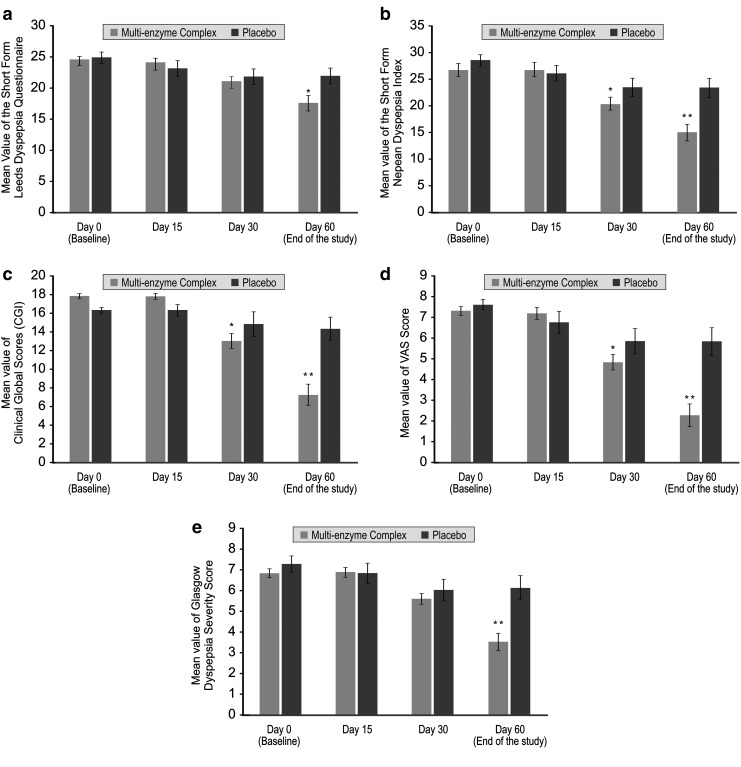
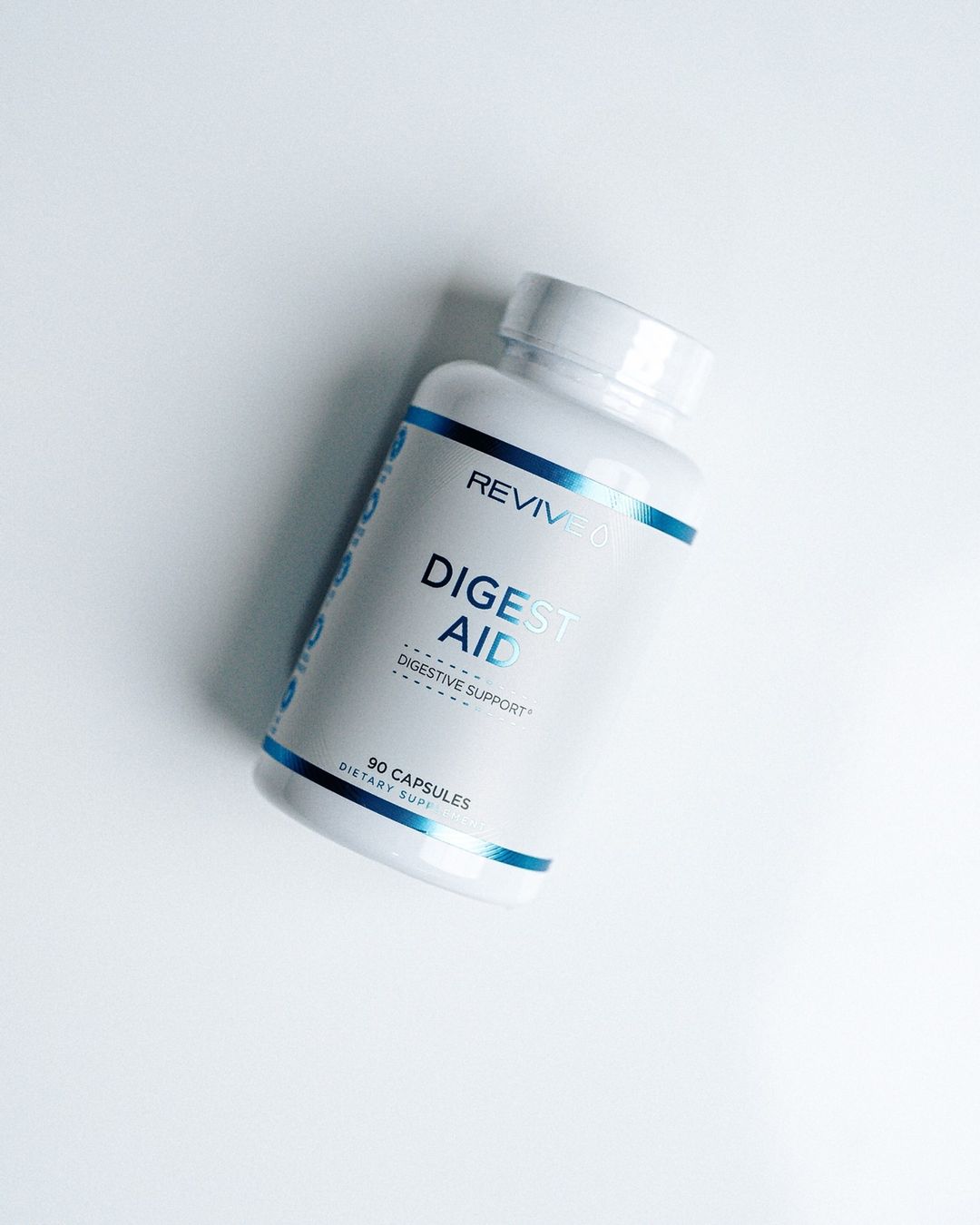
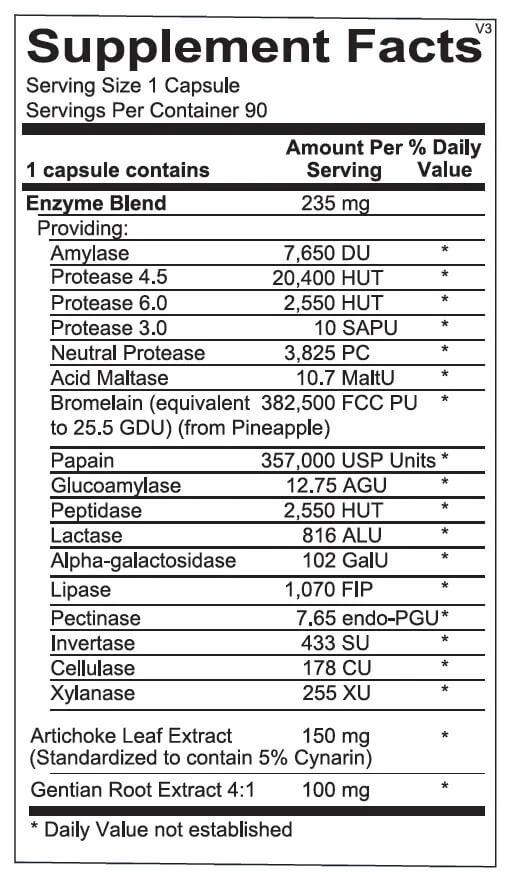
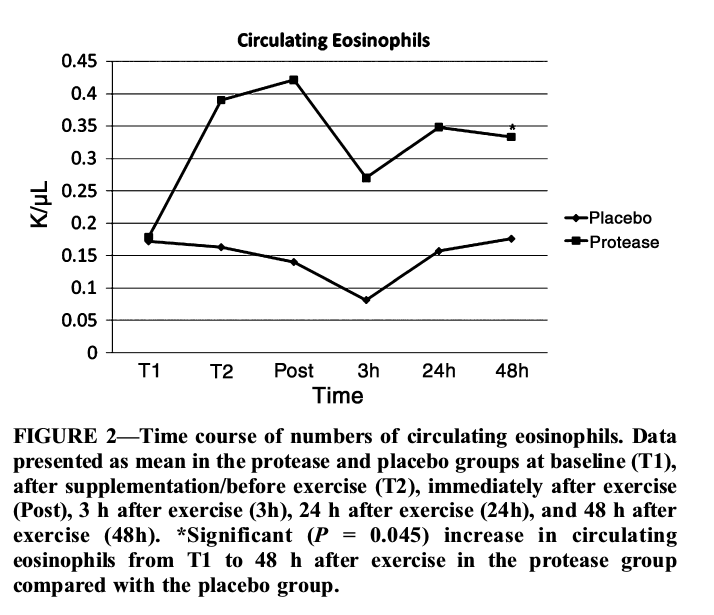

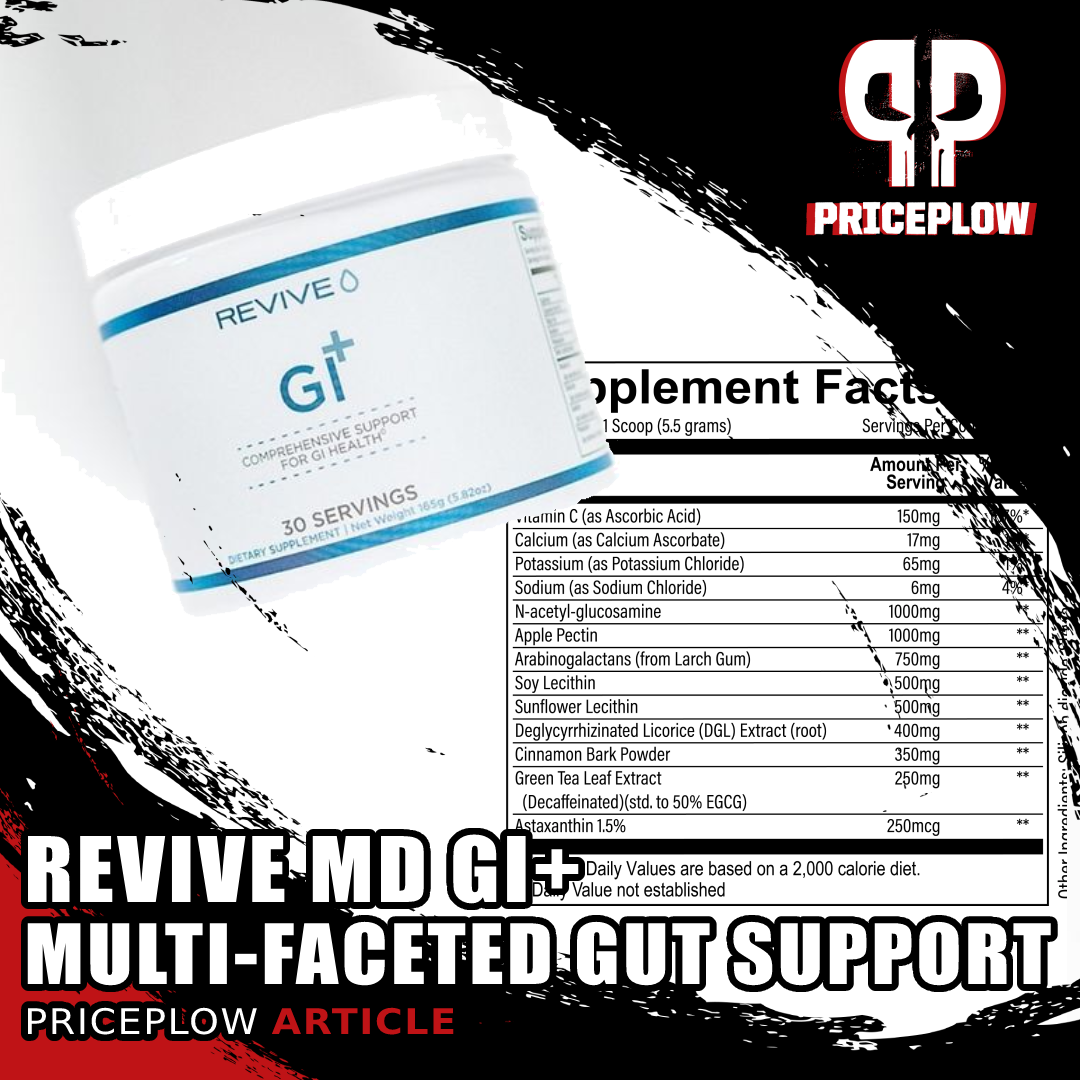
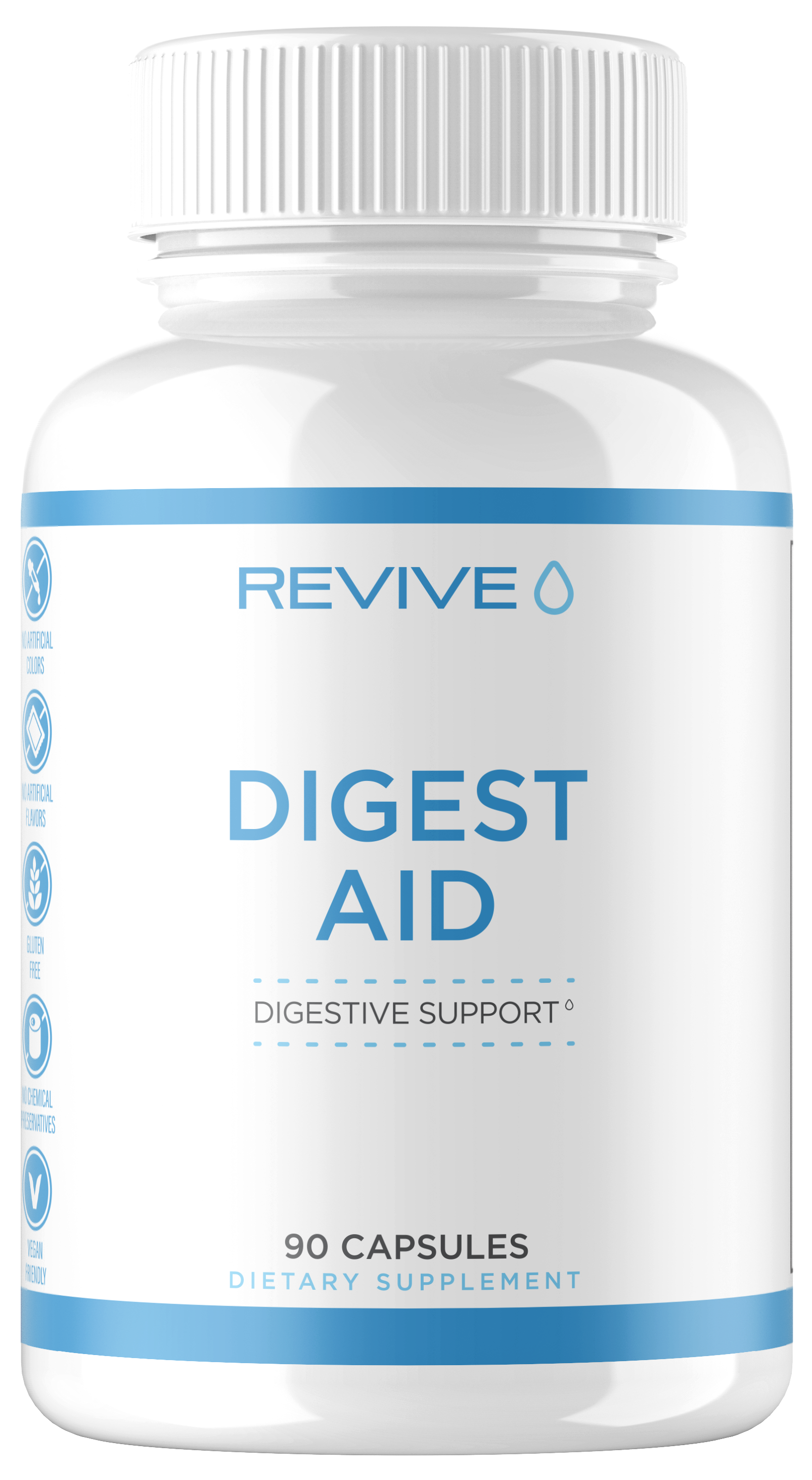


Comments and Discussion (Powered by the PricePlow Forum)